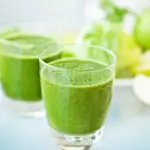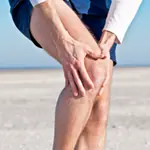
Triathlon nutrition, for elite athletes and beginners alike, can be a difficult obstacle on the path to fitness and body composition goals. For over 15 years, I've been working with athletes of all types (from world class UFC fighters to Ironman champions) and I can tell you, it really doesn't need to be that complicated.
More: Calculate your Nutritional Needs.
Over the years I developed the Core Diet, specifically to help athletes boost their nutrition. Below I've outlined a very simple, 10-point plan, based on the Core Diet to improve your performance, body composition and overall health.
1) Only eat grains, white potatoes and man-made sugars within one hour prior to workouts, during workouts, or after the workout—within a window as long as the duration of the workout.
More: How Gluten Sensitivity Affects Tri Performance
2) Eat lean meats, fruits, veggies, nuts, seeds, legumes, and lean dairy all other periods of the day—organic is best. If possible, include red meat once a week—grass-fed is best. You should also supplement your core food intake with juicing.
3) Use the "Core Ratio" formula to give non-core foods a glycemic "score" before eating them. Look at the label on the food and note the values for the carbs, sugar, fiber, fat and protein, and plug them into this equation: (carbs+sugar-fiber) / (fat+protein). Anything that scores less than two is okay to eat during the day, during Core periods, provided it has less than five grams of saturated fat. This includes dark chocolate with cacao greater than 85 percent.
More: How to Choose Healthy Snacks
4) Do not drink coffee unless it's within one hour prior to key workouts. As an alternative to coffee, you may use caffeinated fueling products during key workouts; choose one. All other periods of the day your caffeine source should be green tea as needed.
5) Focus on consuming omega-3 rich foods such as canola oil, walnuts and salmon.
6) Workouts should always be well-fueled with at least 0.6 grams of carbohydrate per hour, per pound on the bike (and use half of that for running). Sodium content in these fuels should be at least 8 mg per gram of carbohydrate. Fat and protein content should be minimal.
7) Post-workout food should always include a sugar-based recovery drink with protein in a 3:1 or 4:1 ratio of carbs to protein. This drink should contain almost no fat. If a recovery drink is not available, choose foods that are high glycemic and contain minimal fat or fiber.
- 1
- of
- 2
About the Author






Discuss This Article